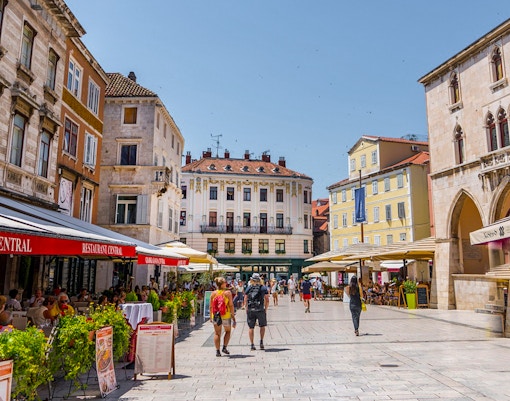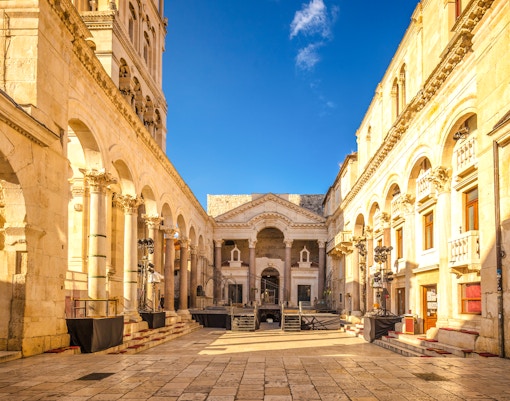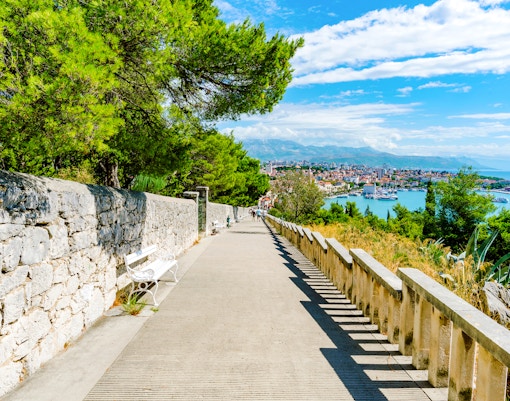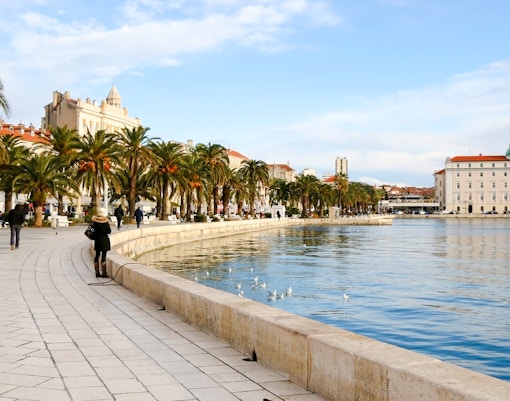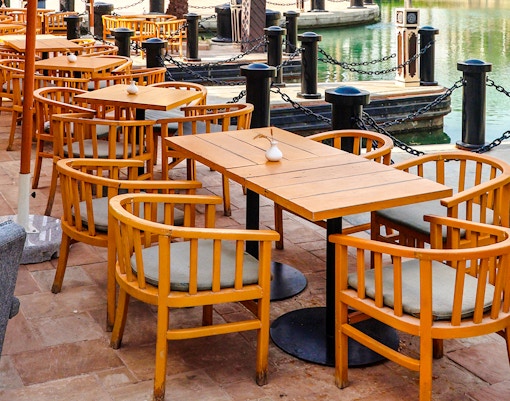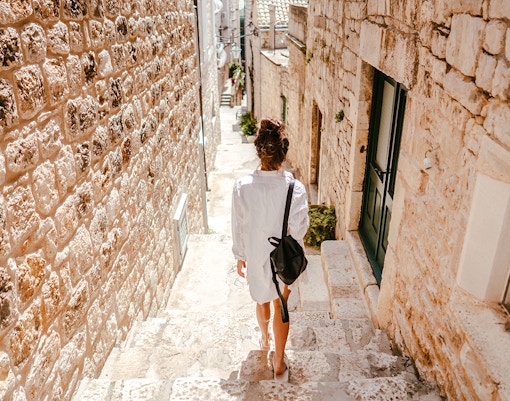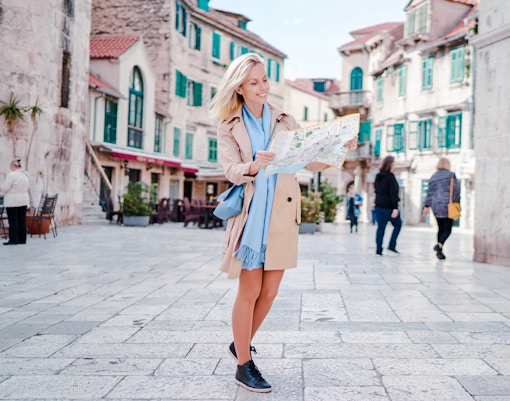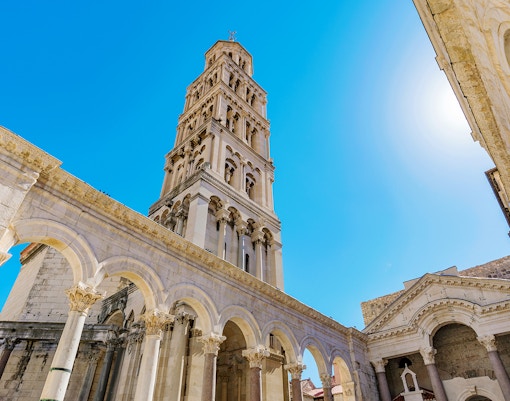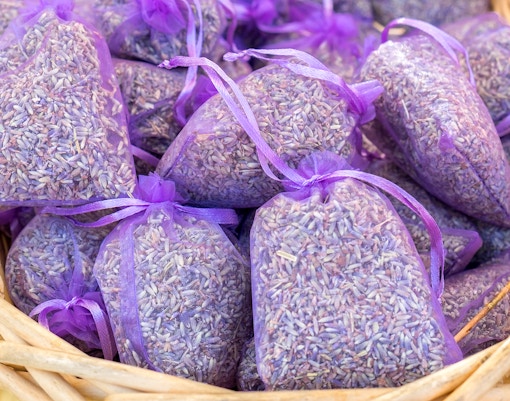The ideal months to visit Split are May, June, September, and October. During these times, the weather is pleasant, and the city is less crowded. Summer months like July and August are warmer and busier, perfect for beach activities and festivals.
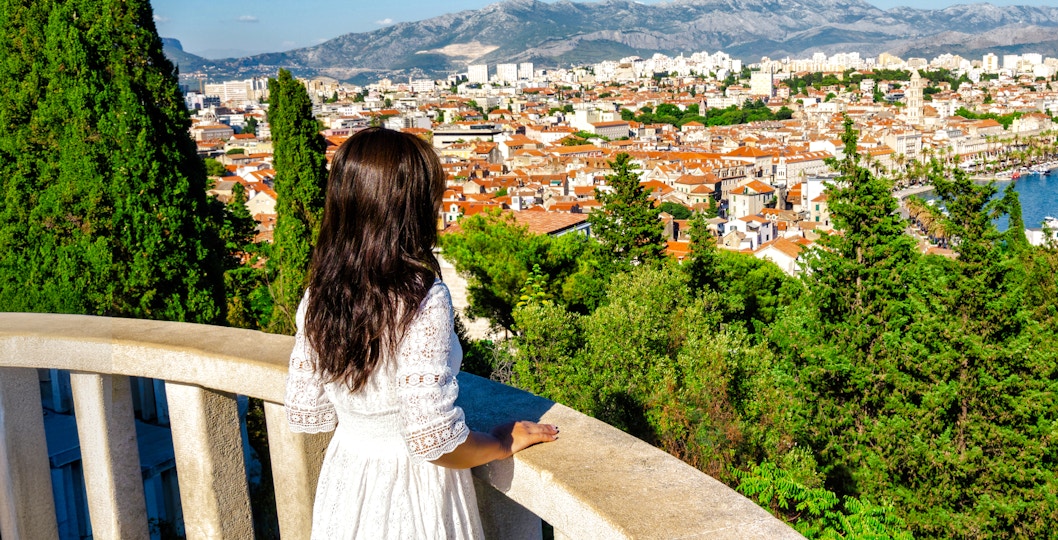
Planning your trip to Split can make your experience smoother and more enjoyable. With so much to see and do, having a clear plan helps you make the most of your time. From historic sites to beautiful beaches, knowing what to expect ensures you won't miss out on the highlights.
